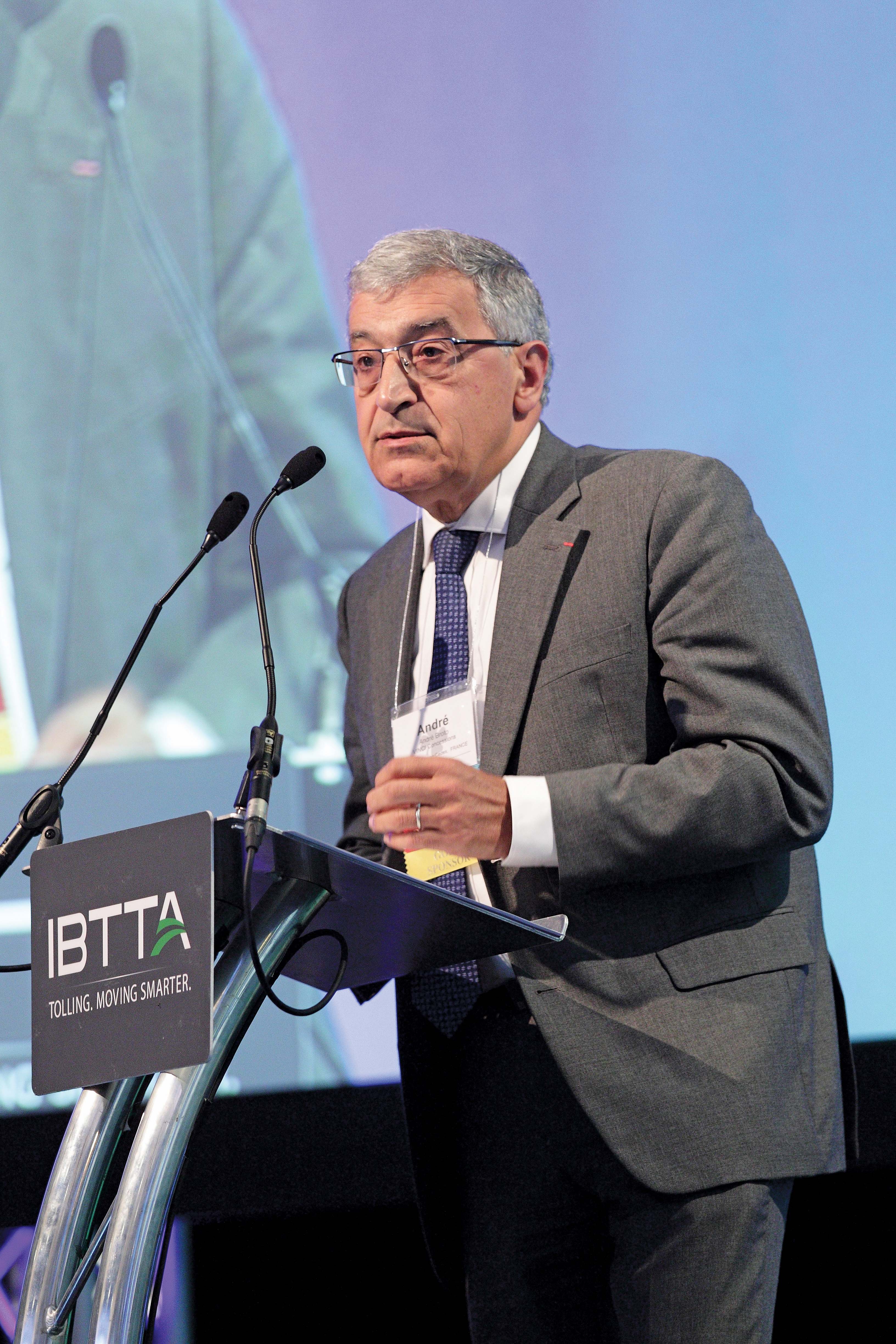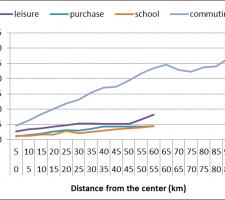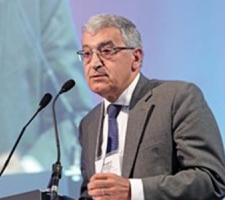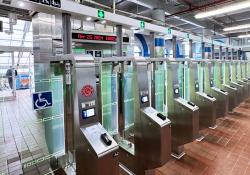
Vinci’s André Broto presented his views on how the tolling industry could play an important role in helping authorities ease urban congestion, to delegates at the IBTTA conference.
As director of foresight and strategy at
Vinci Autoroutes is a leading motorway operator with some 4,350km (2,700 miles) of motorways in France which handle more than 2.25 million transactions every day - but many of its concessions will begin coming to an end from around 2030 depending on the different contracts. With the EU refining its definition of toll concessions, these cannot last beyond the point at which the investment has been repaid and the operator has made a proper return on its investment. So this situation is likely to become increasingly common across the EU.
It is against that background that Broto has been looking ahead to consider what the future may hold and how the tolling sector can participate.
Currently the recovering economies have led to an increase in peak period traffic volumes in many countries, and with it an increase in congestion – especially in the main business centres usually in the heart of major cities.
Broto used Paris as an example and his approach was to determine the root causes of congestion in the city by analysing changes in the population distribution and their travel patterns. He told delegates: “The problem is not the casual long-distance trip of 100km or more or the everyday short trips up to 5km, it is the regular commuting trips between 10 and 50km. France does not usually have a problem on intercity toll roads, which all stop some distance from the city centre, but on the peri-urban free roads.”
Broto illustrated this by showing analysis of the commuting area in and around Paris which he defined as covering 12,000km2 and containing 11million inhabitants. At 86km2 the centre of the city is small and has a population of around 2 million people while the surrounding inner suburbs are more than seven times bigger (at 660km2) and house twice as many people. However, there was an even bigger jump to the outer suburbs which are spread over the surrounding 11,000km2 and are home to the remaining 5 million inhabitants.
Analysis of vehicle use in and around Paris shows that the average trip length for leisure, schooling and shopping is relatively constant (at 5-8km) regardless of the distance from the city centre. Commuting distance, on the other hand, rises substantially as the distance from the city centre increases (from 5km for city centre dwellers to an average of 25km for people living 50km from the centre).
“The commuting area around Paris has increased from from 25km, more or less 40 years ago to today’s 60 or 70km,” said Broto.
“The main cause of the congestion is the commuting trips once a day for those people, and not only for Paris but also for a number of other cities and big towns.”
Considered from the user’s point of view he said the challenge was: “mobility for commuting trips at an affordable cost in relation with the income of the household.” Adding: “This is a problem of social acceptance.”
For the authority the he summarised the challenge as: “To provide an offer of mobility and to maintain the infrastructure at a sustainable cost for the community.
“If we [the tolling industry] can help solve those two problems we will have a better social acceptance as a concessionaire company and as a consequence have better political support,” he said, and the posed the question: “how can toll roads contribute to this objective?”
His first advice is to view the topic from the people perspective and not the vehicle perspective. Addressing his audience he said: “Our annual reports are full of figures concerning the vehicle perspective but very few from the people perspective,” and then highlighted Madrid’s commuting area as an example of what could be achieved.
“There are seven motorways which are related to a circular metro line and there are a lot of buses on those motorways. On average each motorway has 2,000 long-distance buses per day dedicated to commuting trips so there are 50,000 people coming by bus on each motorway. There are also very good interchanges between the buses and the metro line.”
According to Broto, the key to achieving this is a transition from the individual authorities “working in a silo” to working with other transportation authorities to enable planning coordination between road and rail networks. “The focus must be on a multimodal perspective and not a mono-modal perspective.
“But there is another finding in the Madrid case. That we should change our focus from building new infrastructure to improving the use of the existing infrastructure. They [Madrid] are using the existing infrastructure instead of building new lanes.”
He summarise the solution to help the commuters in the outer suburbs by saying: “We do not need extra capacity on the motorways, just buses on existing lanes because generally speaking there is no congestion. Where there is congestion we may need additional capacity by HOV [high occupancy vehicle] or HOT [high occupancy/toll] lanes but more importantly we should have intermodal interchanges with the mass rapid transit system. It is not necessary to bring the people right into the city centre when you have a very good mass rapid transit system: just stop and put people on the metro.”
Turning to the audience’s main areas of interest, he said the question remained about how to finance mobility needs in peri-urban areas and this could include public funding where that is possible. Imposing a tax or a toll on heavy vehicles is an option but in the case of France the much publicised Ecotax was scrapped so there is no possibility of funding from that area.
Cordon tolling was also possible but Broto said that for political reasons the mayors of many cities are unwilling to sanction such systems.
Instead he proposed incorporating congested free-use urban motorways into existing intercity concessions. These adopted roads would remain free to use while their running costs and maintenance would be funded from the main concession. He cited the city of Toulon in Southern France which has 12km of free urban motorway along which there were tunnels that require widening to increase capacity – a project which could not be financed from the public budget. Therefore the authority asked the existing concessionaire to take charge of this section of the road, to maintain it free of tolls and to also find the €600million needed for its operation and widening. This was done by extending the duration of the concession on the inter-urban sections of the entire motorway.
He believes such a model could be repeated elsewhere. “The tolls collected on interurban motorways could be used to meet the funding needs of urban motorways,” he concluded.















